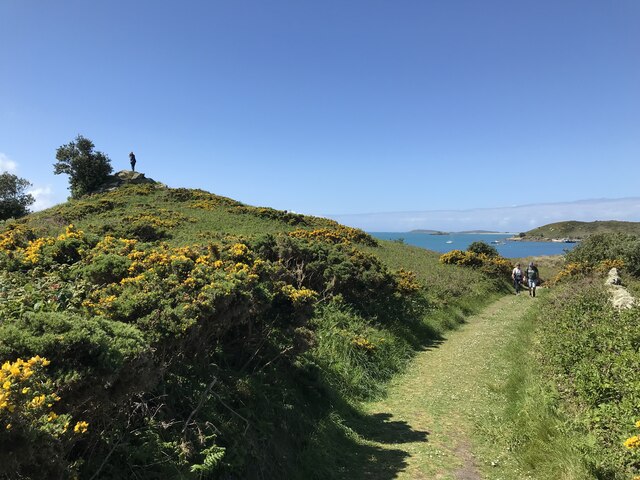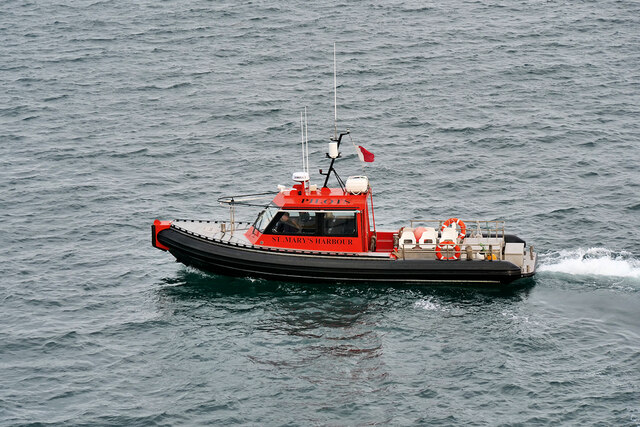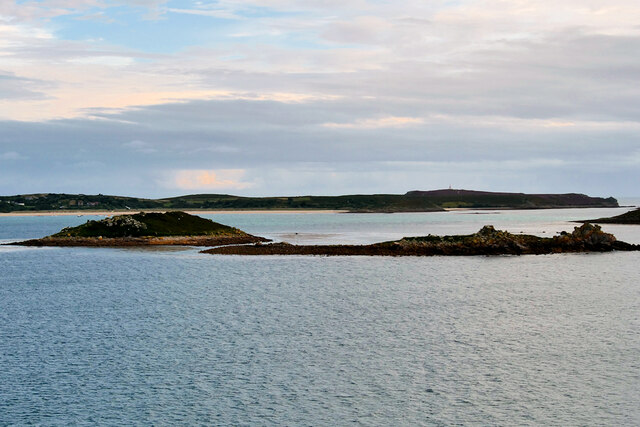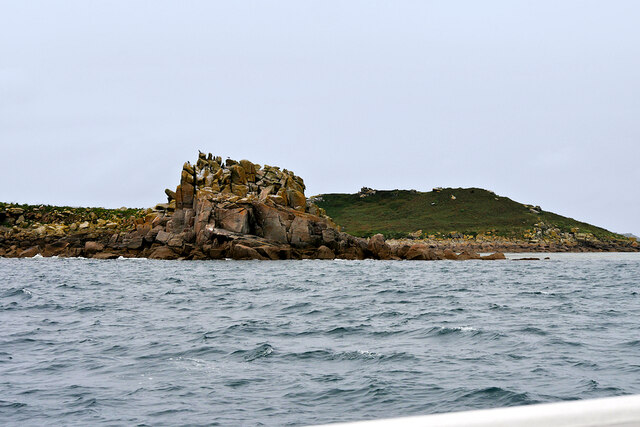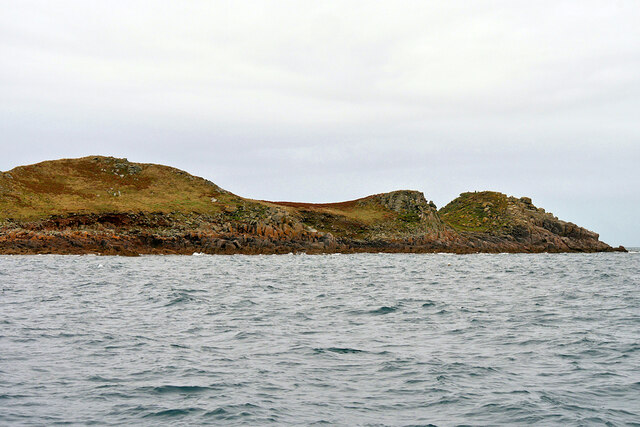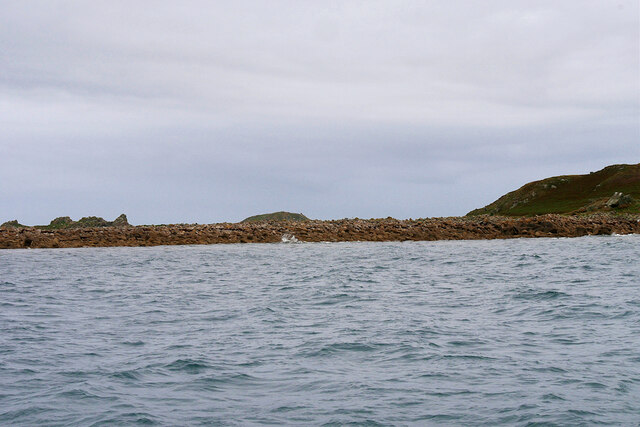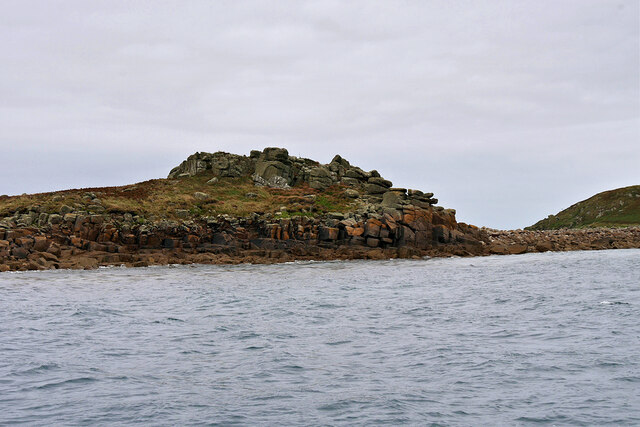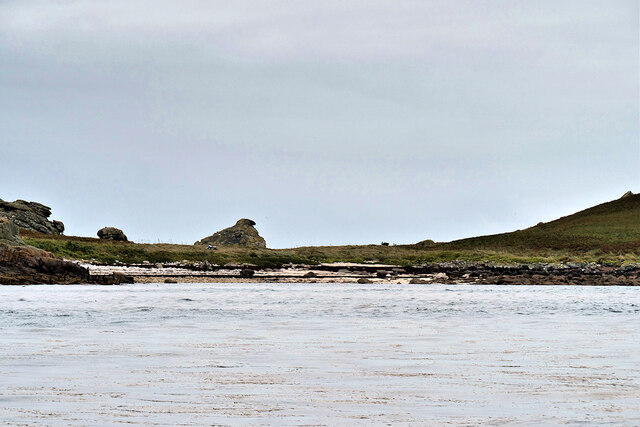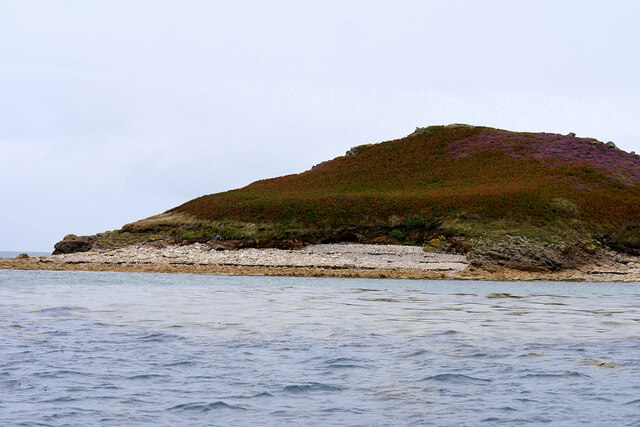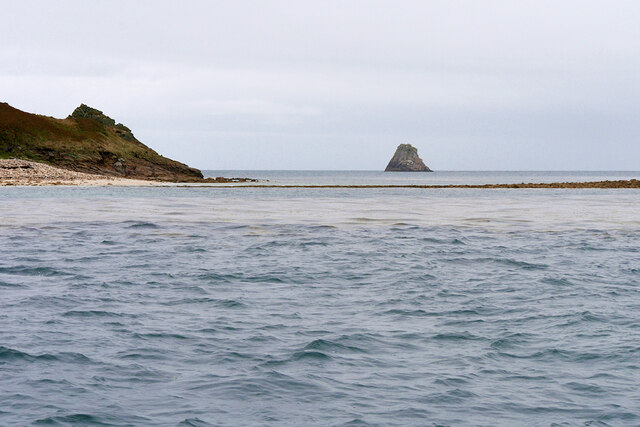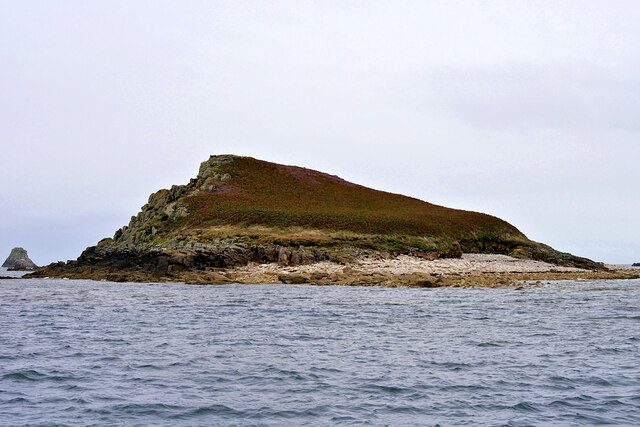Arthur Neck
Sea, Estuary, Creek in Cornwall
England
Arthur Neck
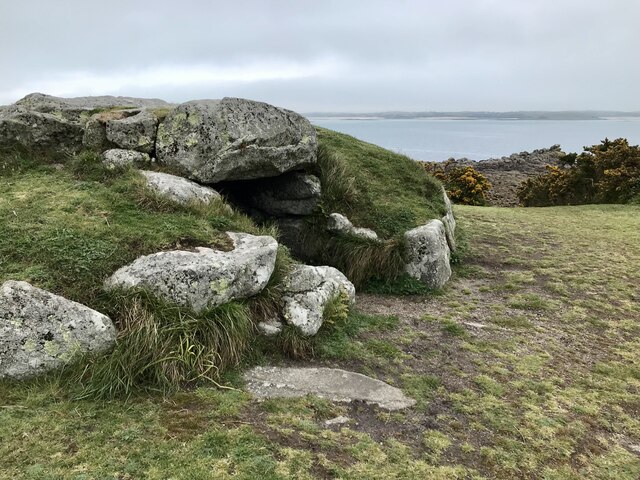
Arthur Neck is a picturesque coastal area located in Cornwall, England. Situated along the southern coast, it is renowned for its stunning sea views, estuary, and creek. The area is known for its natural beauty and is a popular destination for nature lovers and outdoor enthusiasts.
The sea at Arthur Neck offers a breathtaking sight, with its crystal-clear turquoise waters and gentle waves crashing against the rugged coastline. It provides an ideal spot for water-based activities such as swimming, surfing, and sailing. The sea is also home to a diverse range of marine life, making it a prime location for snorkeling and scuba diving.
The estuary at Arthur Neck is a treasure trove for wildlife enthusiasts. It is a habitat for a variety of bird species, including herons, egrets, and gulls. The estuary's mudflats and salt marshes provide an important feeding ground for wading birds. Visitors can observe these fascinating creatures in their natural habitat and enjoy peaceful walks along the estuary's banks.
Nestled within the Arthur Neck area is a tranquil creek. The creek's calm waters and lush green surroundings make it a haven for kayaking and paddleboarding. It also attracts fishing enthusiasts looking to catch a variety of fish species, including bass and mullet.
Arthur Neck offers a range of amenities for visitors, including cafes, restaurants, and accommodation options. The area's rich history, with its ancient ruins and landmarks, adds to its charm and allure. Whether it's exploring the coastal paths, enjoying a picnic by the estuary, or simply soaking in the breathtaking views, Arthur Neck is a coastal gem that captivates all who visit.
If you have any feedback on the listing, please let us know in the comments section below.
Arthur Neck Images
Images are sourced within 2km of 49.94503/-6.2702586 or Grid Reference SV9313. Thanks to Geograph Open Source API. All images are credited.

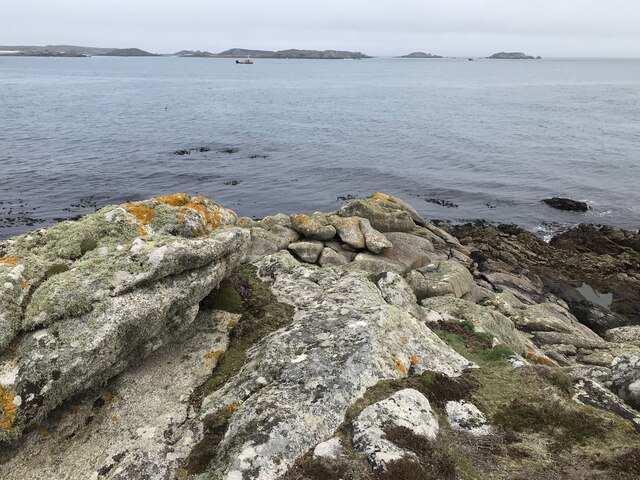
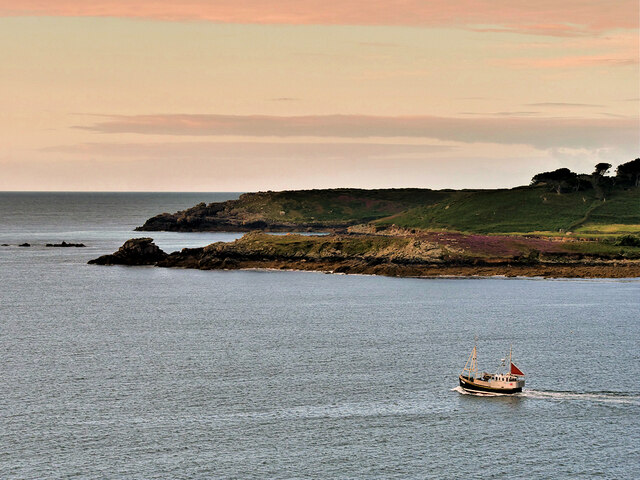
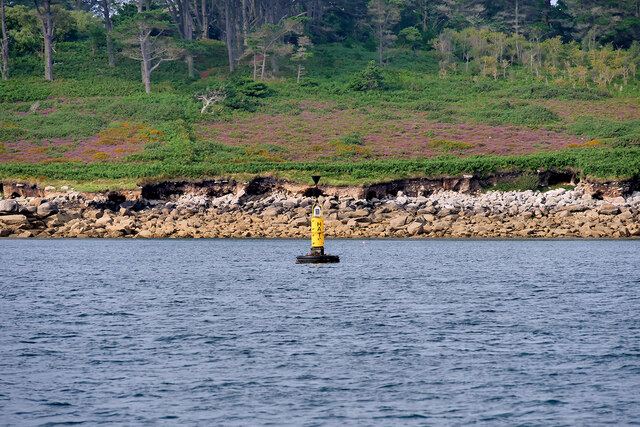
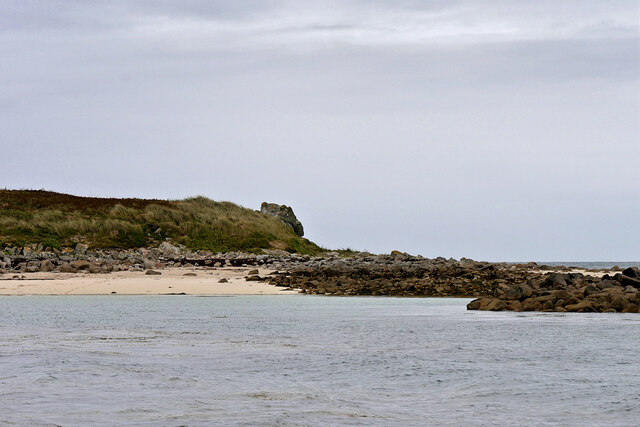
Arthur Neck is located at Grid Ref: SV9313 (Lat: 49.94503, Lng: -6.2702586)
Division: Isles of Scilly
Unitary Authority: Isles of Scilly
Police Authority: Devon and Cornwall
What 3 Words
///await.bulbs.undertone. Near St Martin's, Isles of Scilly
Nearby Locations
Related Wikis
Wheel Wreck
The Wheel Wreck is the remains of a shipwreck lying in Crow sound off Little Ganinick in the Isles of Scilly. The wreck site consists of a discrete mound...
Great Ganilly
Great Ganilly ( gə-NIL-ee; Cornish: Goonhyli Veur, lit. 'great saltwater downs') is one of the Eastern Isles of the Isles of Scilly. It has a maximum total...
Eastern Isles
The Eastern Isles (Cornish: Enesow Goonhyli, islands of the salt water downs) are a group of twelve small uninhabited islands within the Isles of Scilly...
PS Earl of Arran (1860)
PS Earl of Arran was a passenger vessel operated by the Ardrossan Steamboat Company from 1860 to 1871 and the West Cornwall Steam Ship Company from 1871...
Nearby Amenities
Located within 500m of 49.94503,-6.2702586Have you been to Arthur Neck?
Leave your review of Arthur Neck below (or comments, questions and feedback).

